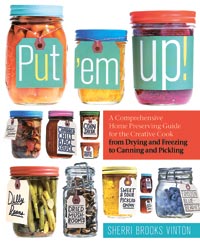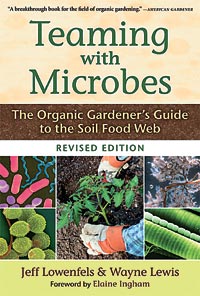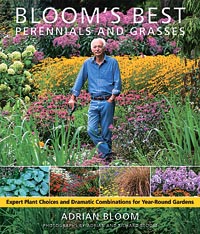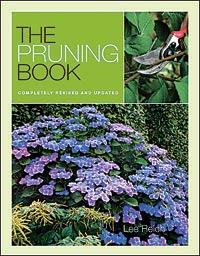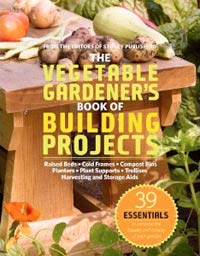When can I plant cannas and dahlias out in the garden?
Since neither cannas nor dahlias are the least bit cold-hardy, planting outdoors for both of these beauties should be postponed until all danger of frost has passed. In order to get a head start on the growing season, you could start the canna’s rhizomes and the dahlia’s tuberous roots in containers that have a growing medium of one part potting soil, one part peat moss, and one part builder’s or horticultural sand. When it is safe to start planting your annuals (in southeastern Michigan that should be right around mid-May), then it will be safe to put your cannas and dahlias in the ground.

